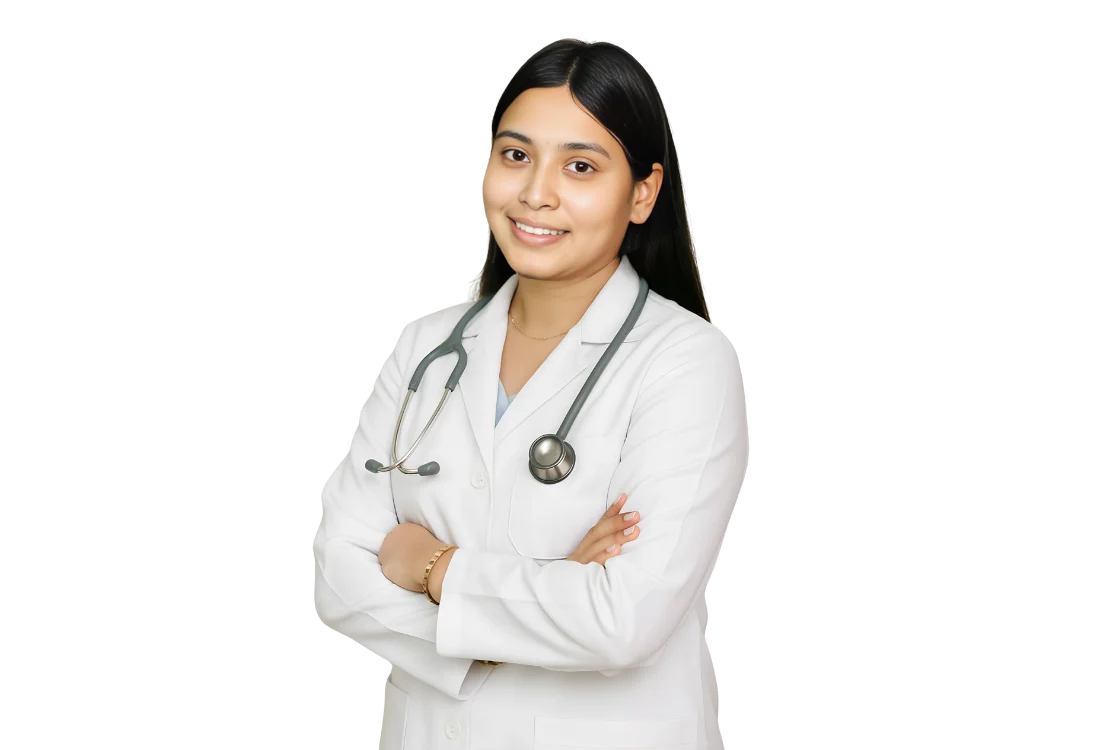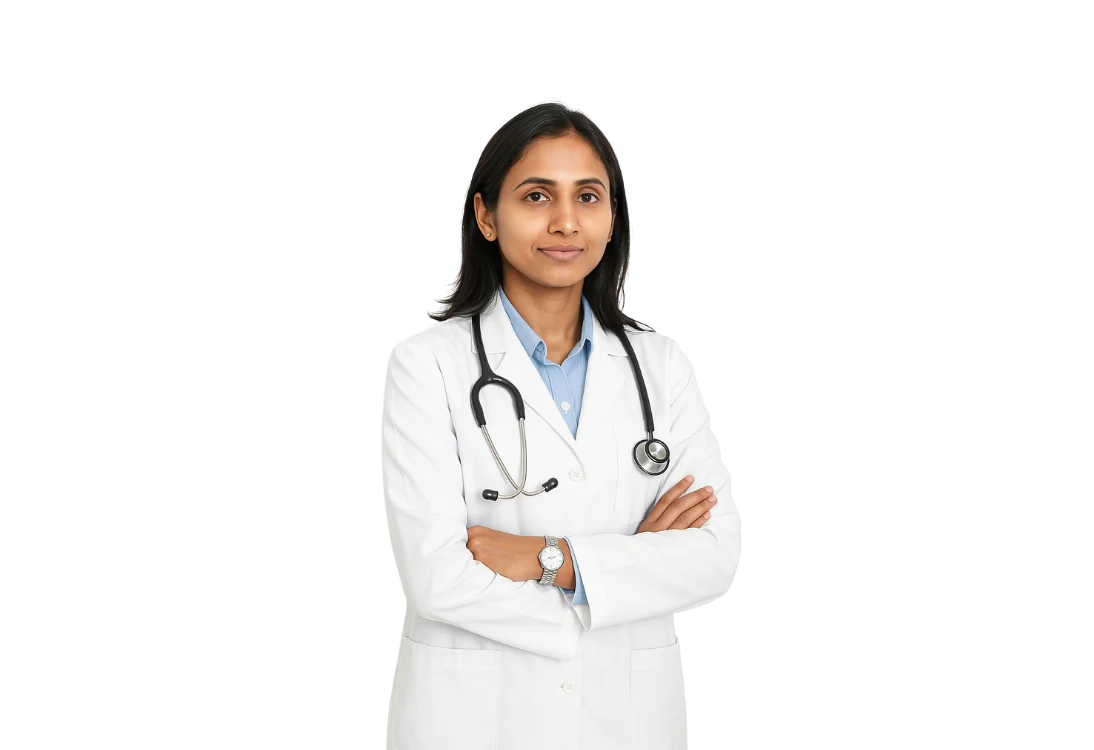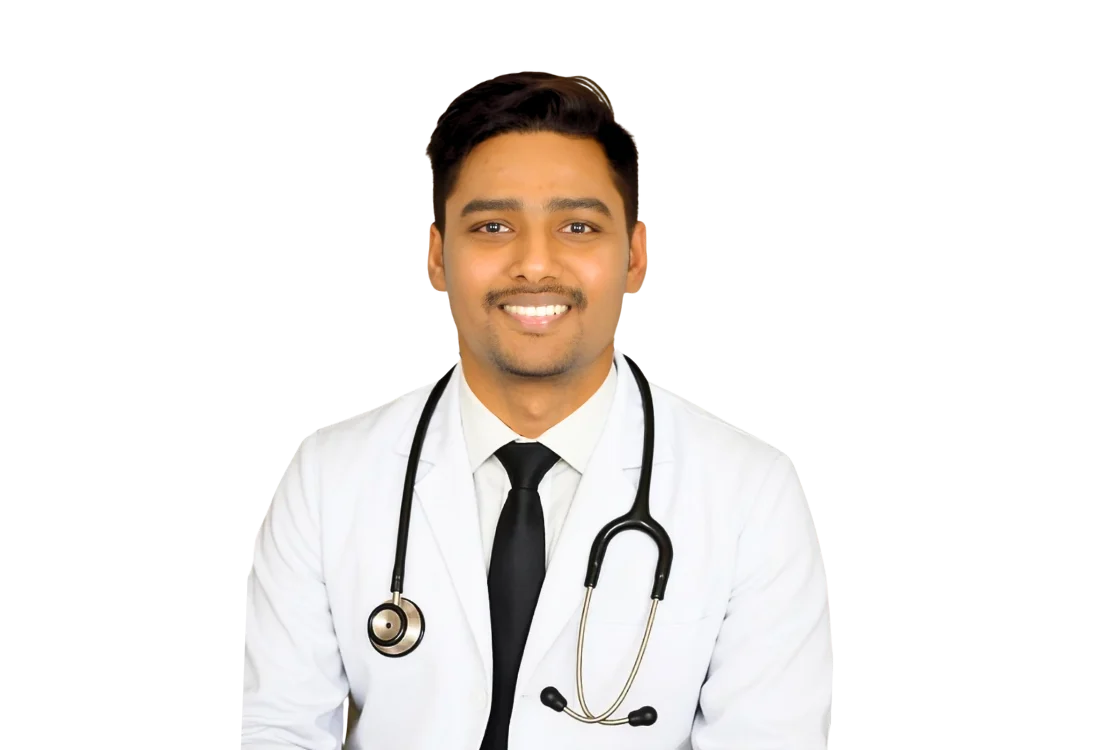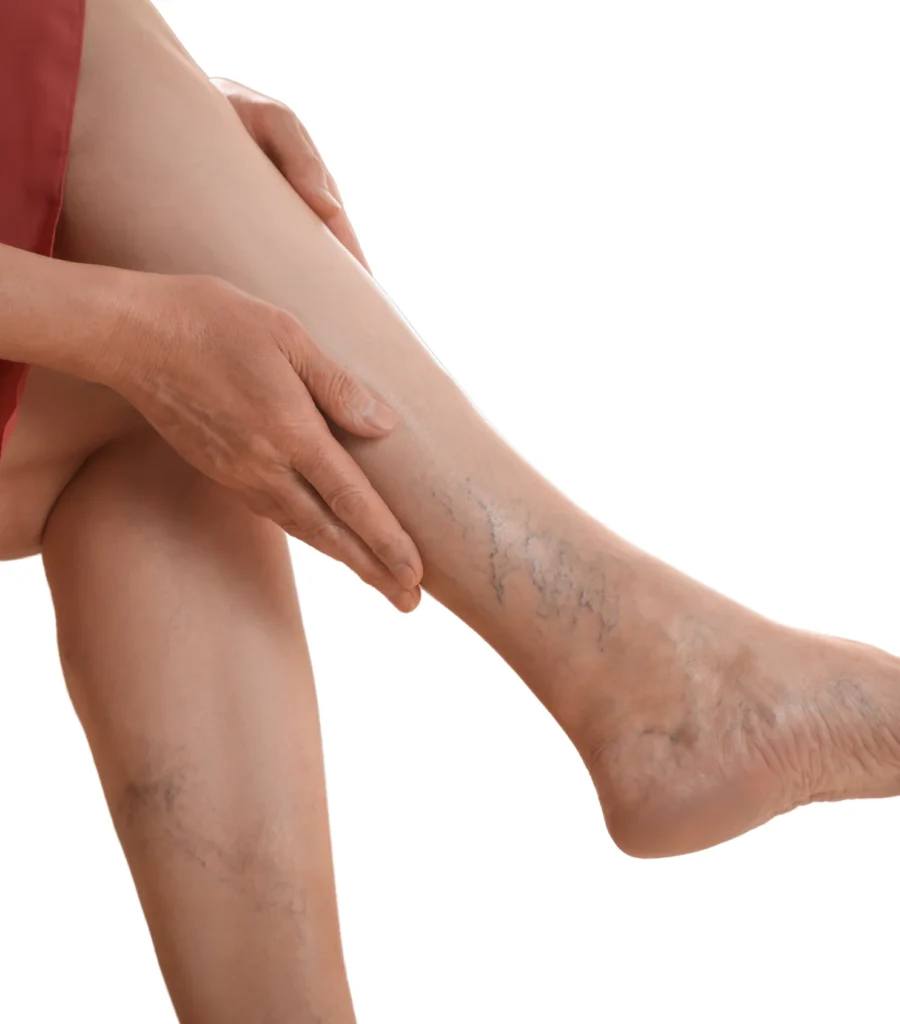
Varicose Veins Treatment in Hyderabad: Advanced Care at Lux Hospitals
Varicose veins are a common vascular condition that affects many individuals, causing discomfort, pain, and swelling. These enlarged, twisted veins usually appear on the legs and can worsen if left untreated. At Lux Hospitals, Hyderabad, we specialize in varicose veins treatment, offering advanced, minimally invasive procedures to ensure effective relief and a quick recovery. Our team of expert doctors utilizes cutting-edge technology to help you regain comfort and confidence in your daily life.
What Are Varicose Veins?
Varicose veins are swollen, enlarged veins that often appear blue or dark purple. They develop when faulty valves in the veins allow blood to flow backwards, leading to pooling and vein enlargement. Varicose veins symptoms include pain, heaviness, swelling, and skin discolouration. Early diagnosis and treatment can help prevent complications.
Stages of Varicose Veins
Varicose veins develop in stages, progressing from mild to severe:
- Spider Veins: Small, visible veins with no discomfort.
- Enlarged Varicose Veins: Noticeable swelling and discomfort.
- Edema & Skin Changes: Swelling and skin darkening.
- Ulceration: Open wounds due to poor circulation.
Causes of Varicose veins
Several factors contribute to the development of varicose veins:
- Genetics: Family history increases the likelihood.
- Prolonged Standing or Sitting: Jobs requiring long hours on feet or sitting increase risk.
- Pregnancy: Increased blood volume and hormonal changes can lead to varicose veins.
- Obesity: Extra weight puts pressure on veins.
Risks of Varicose Veins:
- Pain and swelling
- Blood clots (Deep Vein Thrombosis)
- Skin ulcers and sores
- Bleeding from ruptured veins
- Skin discoloration and inflammation (phlebitis)
Early treatment can help prevent complications. Lux Hospitals has the best surgeons for expert varicose veins care.
Symptoms of Varicose Veins
- Aching or throbbing pain in the legs
- Swelling, especially in the lower legs
- Visible, twisted, or bulging veins
- Skin discoloration or ulcers in severe cases
- Leg cramps or restless legs
Diagnosis of Varicose Veins
A varicose veins specialist near you in Hyderabad will conduct a physical examination and may recommend an ultrasound to assess blood flow and detect faulty valves.
Best Varicose Veins Treatment in Hyderabad
At Lux Hospitals, we offer affordable varicose veins treatment Hyderabad with the latest technologies. Our vascular specialists provide personalized care to address each patient’s unique needs.
Non-Surgical Varicose Veins Treatment Options
- Compression Therapy: Special stockings improve blood circulation.
- Sclerotherapy: Injection-based treatment to close small varicose veins.
- Radiofrequency Ablation (RFA): Uses heat to seal affected veins.
Varicose Vein Surgery
For severe cases, surgical procedures such as vein stripping or ligation may be recommended.
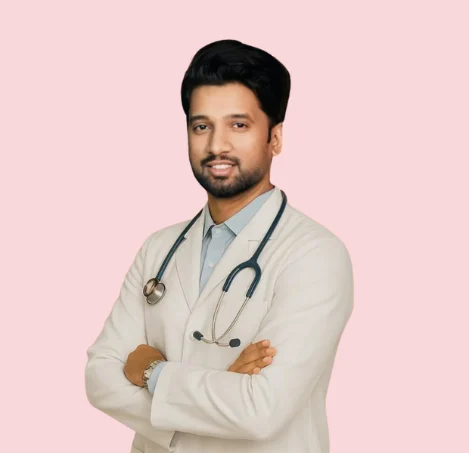
Dr. Abhishek Katha
MBBS, MS, FMAS
Speciality : Consultant: General & Advanced Laparoscopic Surgeon
Experience : 16 years
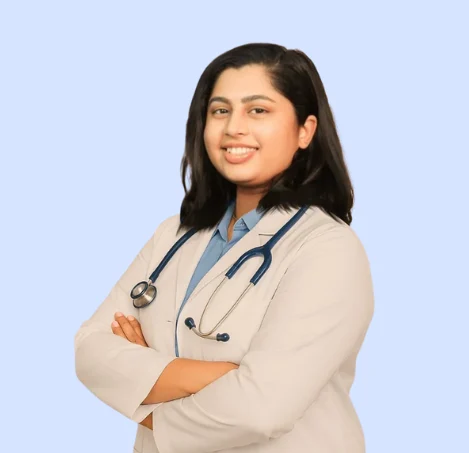
Dr. Samhitha Reddy
MBBS, MS, FISCP, FMAS, DMAS
Speciality : Consultant Proctologist & Laparoscopic Surgeon
Experience : 8 years
Why Choose Lux Hospitals for Varicose Veins Treatment?
- Expert Specialists: Our team includes the best varicose veins doctor in Hyderabad for top-notch care.
- Advanced Technology: We offer state-of-the-art laser and minimally invasive treatments.
- Comprehensive Diagnosis & Treatment: From consultation to recovery, we ensure a seamless experience.
- Affordable Care: We provide cost-effective solutions tailored to individual needs.

Dr. Abhishek Katha
MBBS, MS, FMAS
Speciality : Consultant General & Advanced Laparoscopic Surgeon
Experience : 16 years
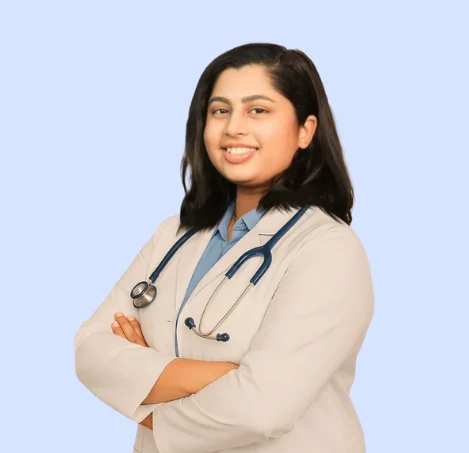
Dr. Samhitha Reddy
MBBS, MS, FISCP, FMAS, DMAS
Speciality : Consultant Proctologist & Laparoscopic Surgeon
Experience : 8 years
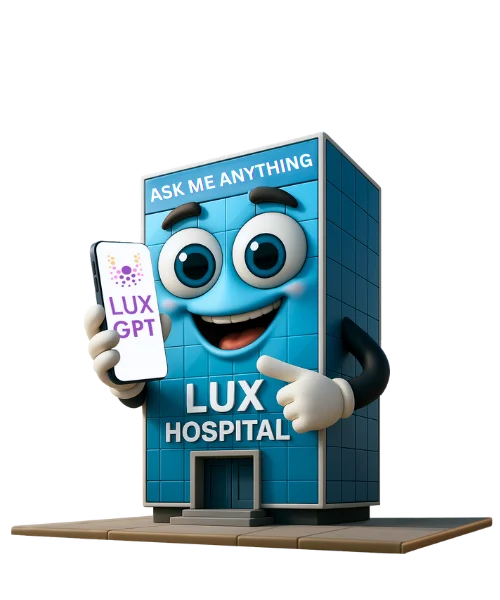
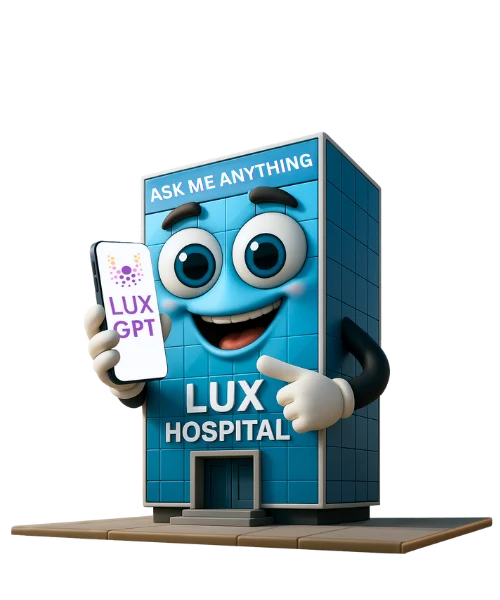
Testimonials
"She was well recovered with in 2 days"
My mother was suffering with Gallstone problem... Abhishek sir has given very good treatment... she was well recovered with in 2 days... Thank you sir... And staff and management also very soft in behaviour and nurse treatment also very good…

Reddy Narayana Reddy
"Worried about my hernia surgery"
I was worried about my hernia surgery, but Dr. Abhishek sir gave us confidence to undergo surgery. It took exactly 4 days for me to get back to normal after the surgery. Very happy with treatment

Raj Kamal
"My hubby is absolutely fine "
Hi Doctor, you have been extremely kind and patient towards the problem we went to visit you with. My hubby is absolutely fine after the surgery. And we whole heartedly thank you for that. Please be like this always.we wish you a magnificient career.

Sohini Banerjee
"Great experience from the review and till discharge"
Had surgery for removal of painful multiple lipomas ,had a great experience from the review and till discharge, finally satisfied in this place ,handled by Dr. Abhishek. Highly recommended, Lux hopsital for Lipomas Surgery in Hyderabad.

Ram Ram
"Helped me so much with my varicose veins. Surgery"
Lux Hospitals’ team really cares! They helped me so much with my varicose veins. Surgery done by Dr Abhishek sir. He is very experience surgeon. Doctor spoke with us very well and gave confidence to undergo surgery.

Bhushan Kumar
Latest Health Articles by Lux
Frequently Asked Questions
Varicose veins are caused by weakened or damaged valves in the veins, leading to poor blood flow and vein enlargement. Factors like genetics, prolonged standing, obesity, pregnancy, and aging can increase the risk.
Exercise regularly, maintain a healthy weight, avoid prolonged sitting/standing, elevate legs, wear compression stockings, and follow a healthy diet.
Lux Hospitals is one of the best hospitals for varicose veins treatment, offering advanced procedures with expert surgeons and state-of-the-art technology.
You should consult a vascular surgeon or a phlebologist for varicose veins treatment. Lux Hospitals has the best surgeons for expert care and advanced treatment options.
The cost of varicose veins treatment in Hyderabad depends on factors like the severity of the condition, type of procedure (laser, surgery, or sclerotherapy), hospital, and doctor’s expertise. Lux Hospitals has the best surgeons, ensuring expert care and advanced treatment options.
Varicose veins are usually not dangerous but can lead to complications like pain, swelling, blood clots, or ulcers if left untreated.
Book your varicose veins treatment appointment at Lux Hospitals by calling or visiting their website. Our expert surgeons use advanced, minimally invasive techniques for effective care. Scheduling is easy and convenient.


